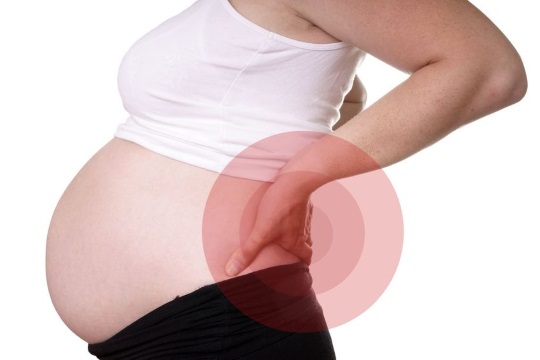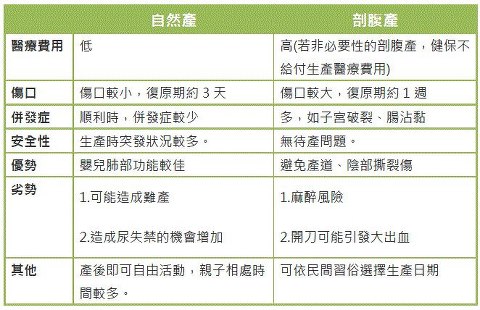How Celiac Disease Affects Pregnancy
Celiac disease (CD), one of the most common autoimmune disorders in the world, is also one of the most underdiagnosed, in no small part thanks to the many different ways it can present in the clinic. In the past, CD was thought of as a children’s malabsorptive disease and was characterized by chronic diarrhea, abdominal distension, fatigue, and vomiting. But CD patients can experience many non-gastrointestinal symptoms, and a recent paper from Italy attempted to review how CD can affect the reproductive health of women.
The article was published online by Human Reproduction Update on March 11, 2014 and was titled “Celiac disease and reproductive disorders: meta-analysis of epidemiologic associations and potential pathogenic mechanisms”. The first part of the paper was a meta-review of other papers in the literature that have investigated the relationship between CD and various reproductive disorders. The second part then looked at possible mechanisms for how CD affects the reproductive health of women. In the literature review, the authors, led by first-author Dr. Chiara Tersigni, found that untreated CD was associated with various reproductive disorders, but that relationship disappeared after the patients started a gluten-free diet. For instance, the authors found that women with untreated CD had both a shorter fertile lifespan as well as a shorter breastfeeding period, but after treatment with a gluten-free diet, the patients returned to normal. Fertility rates were also shown to be affected by untreated CD. In a large Swedish study, scientists found that overall, fertility rates between CD patients and controls were the same, but 2 years prior to diagnosis, when the CD would most likely be active but untreated, fertility was significantly decreased in women with CD. Dr. Tersigni and the other authors then determined odds ratios (OR) and their 95% confidence interval (95% CI) for how likely a patient has CD, based on if they have various reproductive disorders using an “extensive literature search” of particular databases. They found that undiagnosed CD was associated with unexplained infertility (OR=5.06, 95% CI 2.13-11.35), recurrent miscarriage (OR=5.82, 95% CI 2.30-14.74), and intrauterine growth restriction (IUGR) (OR=8.73, 95% CI 3.23-23.58), but there was no association found for preterm delivery and small for gestational age babies (SGA). The researchers also used their literature search to find the relative risk (RR) of these conditions for CD patients compared to controls. The RR was 1.39 for miscarriage (95% CI 1.15-1.67), 1.54 for IUGR (95% CI 1.22-1.95), 1.75 for babies born with low birth weight (LBW) (95% CI 1.23-2.49), and 1.37 for preterm delivery (95% CI 1.19-1.57). There was no increase in RR found for recurrent miscarriage, unexplained stillbirth, or pre-eclampsia. The elevated risk for IUGR, LBW, and preterm delivery disappeared after the patients were treated for CD with a gluten-free diet. Note that the odds ratio and relative risk are two different, but related, concepts. The OR is based on the odds, while RR is based on the probability. In the case of this article, the authors assume that the OR is essentially the same as the RR because of the “rare disease assumption.” However, when the rare disease assumption doesn’t hold, the OR will typically overestimate the RR. The second part of the article was a review on what is known about possible mechanisms for how CD affects pregnancy. There are two main categories for these mechanisms: nutritional deficiency and autoimmune mechanisms. CD can cause zinc, selenium, and folic acid deficiency, which are all important compounds for pregnancy. However, although there is only limited research available on pregnant women with CD, there are studies that show women who suffered from infertility associated with villous atrophy, caused by CD, did not have signs of trace element deficiency, which signifies that nutrient deficiency is not responsible for CD’s effect on reproductive health. The authors looked to how the immune system of female CD patients could affect their pregnancy. They proposed two possibilities: the first that anti-transglutaminase (tTG) antibodies bind to the trophoblast layer of the embryo, causing damage to the future placenta, and the second that anti-tTG antibodies can harm the cytoskeleton of the endometrial endothelial cells of the mother. Anti-tTG antibodies are typically only found in patients when their CD is “active” which would explain why a gluten-free diet eliminates most of the pregnancy complications found by the researchers. More studies are needed to further elucidate the mechanism between untreated CD and reproductive health. The authors admit to some limitations in their study. Because it’s a meta-review of other research papers, any bias in the studies could show up in their review. This article still shows that CD has serious implications for pregnant women, but fortunately, treatment with a gluten-free diet should relieve most of their worries. Retrieved From: https://celiac.org/blog/2014/09/celiac-disease-affects-pregnancy/
|
|

















